It all began with my commute to work when I was teaching at the U.S. Air Force Academy. Like many during the energy crisis of the late 1970s, I carpooled to save gas. During my commute that day, I had an interesting and unexpected conversation with a physicist, an aeronautical engineer, an electrical engineer and an English professor.
The subject of the Shroud of Turin came up in our conversation. Our diverse opinions ranged from devout to doubting, but we agreed on one thing: Technology could uncover the truth. With cutting-edge technology and our combined backgrounds, we could test the validity of at least one relic. So why not?
That conversation was the beginning of what would become the Shroud of Turin Research Project (STURP), and no one could have imagined what the ensuing years have wrought.
Leaving Opinions Behind
The members of STURP journeyed twice to Turin, Italy, in the late ’70s. We took our first trip in 1977 to present a profile of research to the Italian authorities and the second in 1978 to conduct six 24-hour days of hands-on research with the enigmatic relic. While some have suggested that the STURP team was a religious group with a predetermined opinion about the shroud, the fact is the team was comprised of over 40 scientists with a variety of faith backgrounds, including Catholics, Protestants, Jews, agnostics and atheists. Most of the team believed they would likely demonstrate rather quickly that the shroud was a forgery.
Using nondestructive testing equipment from infrared to X-rays to collect data, STURP carefully and methodically analyzed for over three years the data collected. In the end, STURP members released a stunning statement: “We can conclude for now that the shroud image is that of a real human form of a scourged, crucified man. It is not the product of an artist. The bloodstains are composed of hemoglobin and also give a positive test for serum albumin. The image is an ongoing mystery, and until further chemical studies are made, perhaps by this group of scientists, or perhaps by some scientists in the future, the problem remains unsolved.”
This incredible report brought a torrent of criticism. Religious traditions about Jesus’ burial made it difficult for some, who argued that Jesus was wrapped like a mummy, making a full body-length image impossible. Others regarded a “real” image of Messiah out of character with the principle of faith. Some suggested it was a hoax and tried to create their own shroud-like images.
What nearly all failed to realize is that the shroud actually matches Scripture and Jewish burial customs. The image is, in essence, a photographic negative. It can be recreated to a degree using modern photography. That begs the question as to how an ancient cloth could have such an image on its fibrils.
In fact, there are 16 unique characteristics of the shroud image. Three important ones are categorized as “nondirectional” (man-made images show directionality), “superficial” (on the upper curved surface of the fibers themselves) and “three-dimensional” (absolutely unique). These characteristics have defied accurate reproduction by any man-made technique. STURP members, who were the few to “touch” and observe the cloth, were unable to duplicate all known image characteristics even using lasers and space age technology.
In opposition to STURP were those pushing for Radiocarbon, or C-14, dating to analyze the cloth. However, the C-14 testing was done without the same careful approach as STURP took, and the findings became a major source of distraction.
The group violated scientific protocols for C-14 dating established to ensure the results of dating such a potentially important artifact would be reliable. First, no blind study was conducted. Second, the location of the sample taken was poorly chosen. The sample came from an area that was scorched in a fire in 1532. Carbon contamination alone could slew the date.
The group was also quick to proclaim the shroud was a fake—without any consideration of STURP’s findings. They didn’t even consult with the members of STURP, the only scientific team ever granted such unparalleled access to the shroud, before announcing their medieval date of the shroud. They also ignored the fact the shroud had been verified as an actual burial garment replete with human blood particles. They had ample opportunity to validate their findings before rushing to judgment, but anti-religious bias blinded them.
Confirming the Scriptures
My personal journey took a few life-changing turns, beginning with a trip to Denver, Colorado. Determined to find out if the shroud matched Jewish burial customs, as John’s Gospel said of Yeshua: “Then took they the body of Yeshua, and wrapped it in linen with the spices, as is the Jewish burial custom” (John 19:40, TLV). I met with Rabbi Eliezer Urbach, founder of the American Board of Missions to the Jews (now Chosen People Ministries), to help resolve the issue.
Rabbi Urbach made it clear that the rather simple burial the shroud indicated aligned with Jewish custom. Jewish tradition also explained the presence of the odd objects that 3-D imagery discovered. He explained the box-like object in the forehead area was likely a phylactery, a box containing Scriptures worn as a reminder to keep the law. The objects obscuring the eyes were coins, which are commonly used to keep the eyes of a corpse closed. These coins had details that could be used to determine age.
The objects used are accordance with the Jewish Code of Law. In the intervening years, I’ve learned how often religious traditions are incorrect, and yet the shroud consistently confirms the Scriptures.
When the Air Force and major media outlets began to report on the efforts of STURP, I was forced to choose between my chosen and beloved career as an Air Force officer and pilot and what by then had become a “magnificent obsession.” Following my pilot training, I served as a B-52 pilot on three tours in Vietnam, where in December 1972, I experienced a miraculous escape from an SA2 missile that was locked onto my aircraft.
After that harrowing experience, I thanked the Lord and promised to do whatever He wanted me to do in life. The B-52 I flew that night now “flies” at the North Gate entry to the Academy on static display.
Remembering my promise, I made the decision to separate from the Air Force to complete what I knew to be a God-given assignment. Three years later, my book Verdict on the Shroud was published, becoming an international best-seller. More importantly, it led many to a saving knowledge of Jesus Christ. Perhaps the most meaningful to me was the conversion of a fellow Air Force pilot who found a paperback copy in a used bookstore. He told me he read it cover to cover and then committed his heart to Christ. That was a shocking revelation, as he was the minister of music at a local church when we were stationed together, and we had often talked about the Lord.
I continue to give presentations on the shroud. Most recently, I was interviewed for a documentary based on Verdict. The documentary will be used for the underground church in a communist nation. I have also had a request to publish Verdict in the Urdu language for Pakistan.
From what I have discovered and written about the shroud throughout this incredible journey, I can say it is not in any way, shape or form your “typical” relic, nor is it as easily dismissed as it has been by some. As my dear friend the late Rev. Albert Dreisbach once opined, the shroud is “God’s love letter in linen to all mankind.”
Subsequent to Verdict, I wrote The Shroud and the Controversy to address the confusion caused by the C-14 dating and to update the incredible peer-reviewed scientific evidence documented in the interim. I also produced Behold the Man, a documentary aired annually by Trinity Broadcasting Network. After the first airing, Dr. Richard Eby contacted me. Dr. Eby was a medical doctor who had died, experienced heaven for over 20 hours before being sent back with a message from the Lord about His soon return. Having read his first book, Caught Up Into Paradise, I was elated but totally unprepared for what he told me. He described how having never seen or heard of the shroud before, he burst into loud sobs upon seeing the brutalized face of our Savior. His wife ran in to see what was wrong, but all he could say was, “It’s Jesus! But why is He dead?”
Image of the Risen Christ was my next book, published by Grant Jeffrey, to continue updating the status of ongoing research. Thanks in some measure to the C-14 dating fiasco, the scientists had more motivation to continue their research efforts, as many had already written off the shroud.
This brings me to my current work, Nazah: White Linen and the Blood of Sprinkling. It is the story of an incredible journey along with discoveries made that have enormous potential to impact the three major monotheistic religions.
Revealing Prophetic Purpose
During my sojourn with STURP as spokesman and editor, I was not allowed the privilege of personal opinion. “Just the facts” was my authorized domain. As a believer, that restriction can chafe. Nevertheless, the facts came forth on Good Morning America, the Today show, People Are Talking, and in the publications PM Magazine, Time, Newsweek, The Saturday Evening Post, People, Us and a host of others. Freed from such restrictions, I was intent upon incorporating the Bible into the shroud story.
Still-unsubstantiated allegations of forgery and other false claims abound. After a particularly harsh ad hominemattack, I was ready to walk away from the shroud entirely. After all, the shroud was not part of my faith, and I really didn’t need the abuse. But my beloved wife, Mary, surprised me with a statement that kept me studying the shroud and, in particular, its connection with the Scriptures.
“Honey, I think the Lord would have you to study Isaiah 52,” she said. I knew the book of Isaiah to be Messianic, but I was not prepared for what I found as I began to study.
“See, my servant shall deal prudently, he shall be exalted and extolled, and be very high. Just as many were astonished at you, his visage was so marred, more than any man, and his form more than the sons of men; so he shall sprinkle many nations. Kings shall shut their mouths at him; for that which had not been told them shall they see, and that which they had not heard they shall consider” (Isa. 52:13-15, MEV).
After reading this, I immediately thought of the apostle Paul, standing before two kings and telling them how they knew these same things: “The king, before whom I also speak freely, knows about these things. For I am persuaded that none of this is hidden from him, for this was not done in a corner” (Acts 26:26).
Paul implies that the kings of his generation knew something that had “not been told” (Isa. 52:15). I asked myself, “What could they have possibly seen and, more importantly, how would they actually see it?” Putting the two Scriptures together, my immediate thought was since Jesus is not coming back to be brutalized again, how could anyone living after Paul see and consider His marred face and body?
That statement from my wife became the seed that eventually germinated into Nazah. Nazah is the Hebrew word translated as “sprinkle.” But “sprinkle” is only one of its root meanings. The ancient Hebrew pictographic meaning of nazah is incredibly prophetic. Like “deep calling unto deep,” from that day until Nazah was done, I was determined to understand and share the complete story of the shroud, including a proper biblical perspective. I was totally unprepared not only for what I would learn from Scripture that points to the shroud and removes the stigma associated with relics, but also that the Lord has a hidden purpose for the shroud, a prophetic purpose whose time has come.
The history of the shroud before it arrived in Europe was first proposed by British historian Ian Wilson. Swiss criminologist Max Frei performed a pollen analysis on the shroud, later validated and strengthened by Israeli botanist Avinoam Danin, confirming Wilson’s account. These studies established the origin of the cloth through pollens found in Jerusalem and Turkey. They confirmed the origins and waypoints of the shroud and matched ancient accounts of a relic having an “image not made by hands” (acheiropoietos in Greek). Wilson concluded that the ancient relic was, in fact, the shroud!
The missing link was a first-century icon. The icon would be a reproduction of something commonly regarded as authentic. It would confirm that ancient artists copied something they regarded as “true.” Only fifth-century icons survived. But, like a modern-day Indiana Jones, Philip Dayvault, author of The Keramion: Lost and Found, discovered the original first-century icon, verifying an accurate, ancient replication of the shroud’s image as it still looks today. The circle of the shroud’s missing years was complete.
In Nazah, I attempt to present the total picture so the reader can reach an educated decision about the shroud. It is not my intent to create an idol to worship but rather to reveal the love of Christ as displayed through His burial garment. The shroud also points directly to the power of His resurrection as the source of its image. I also reveal the direct connection of the shroud to the restoration of the lost sheep of the house of Israel.
The apostle Paul gives intriguing hints to the shroud in several passages, perhaps the most significant in his letter to the church at Corinth. After describing in depth the gift of agape love, Paul interjects a seemingly unrelated statement: “For now we see through a glass, dimly, but then, face to face. Now I know in part; but then I shall know, even as also I am known” (1 Cor. 13:12). In modern English, he might have said: “Now we see an obscure mirrored image, an enigma, but then we shall see face to face.” What obscure, mirrored image could Paul have referred to that was also an enigma?
Paul also seems to make connections to the book of Isaiah in Romans (2:24; 3:15-17; 9:19-21, 27, 29, 33; 10:11, 15, 16, 20-21; 11:8, 26, 34; 14:11; 15:12, 21) and in Hebrews (2:13). So could the shroud be an end-time key to the salvation of Israel?
I close with these thoughts from the more than 40 years of research Nazah contains:
Whenever “I have spoken about the Shroud … 1) while I believe the Shroud to be genuine, if when I am finished someone still does not, that’s fine; 2) the most important thing I did come to do is to reveal what it cost Yeshua to go to the Cross for the sins of all Mankind; 3) The Shroud is a real burial garment and not a “forgery” of any kind; [and] 4) It contains the most accurate record of death by crucifixion ever seen.”
One thing is certain. The shroud reveals the cost of Calvary.
Kenneth E. Stevenson is an original member of STURP (The Shroud of Turin Research Project), whose members examined and tested the cloth believed to be Christ’s burial cloth. A pastor and best-selling author, Dr. Stevenson brings the group’s research and his personal experience to his latest book on the shroud, NAZAH: White Linen and the Blood of Sprinkling. Learn more at endtimeschool.com.
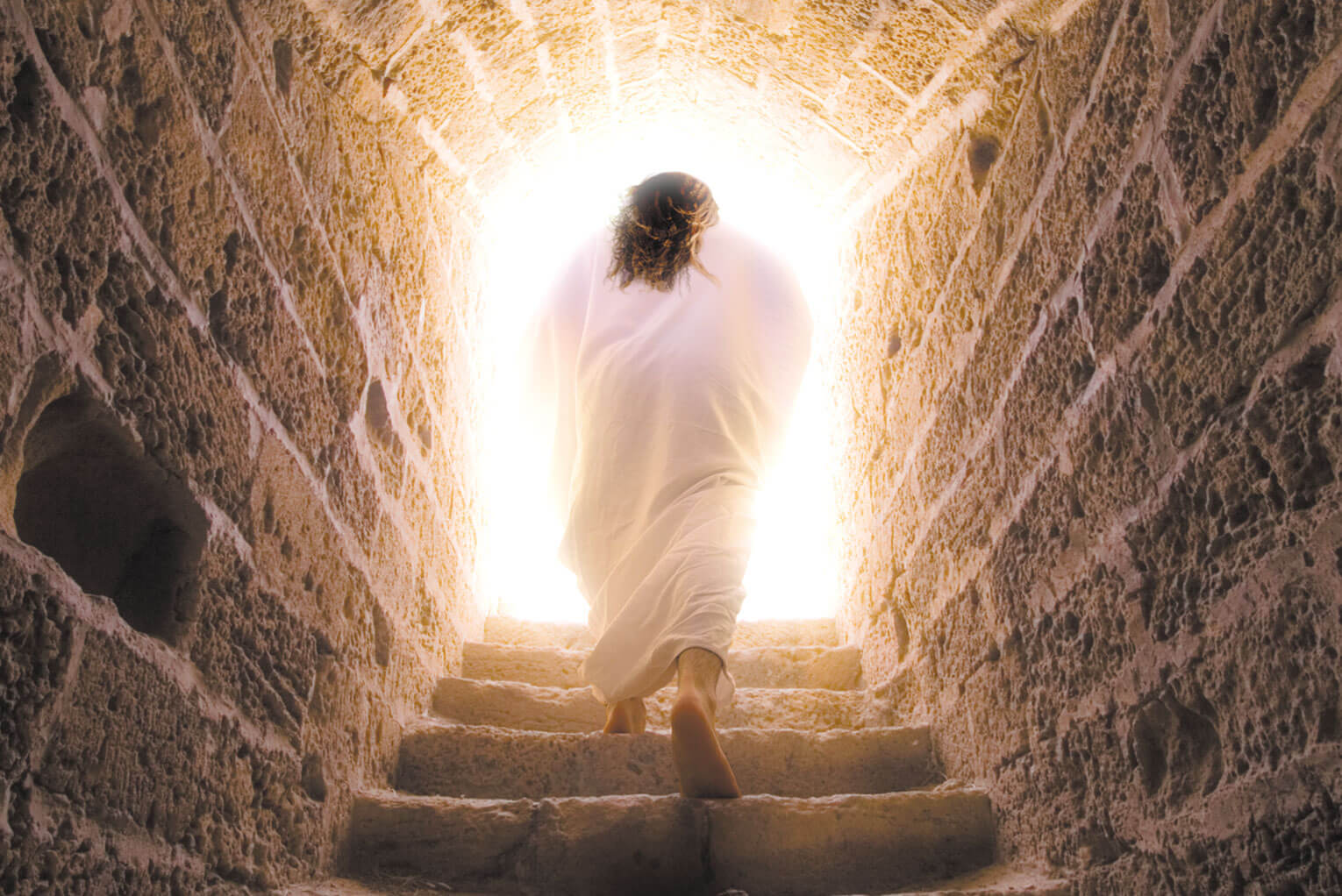
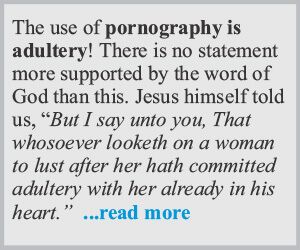

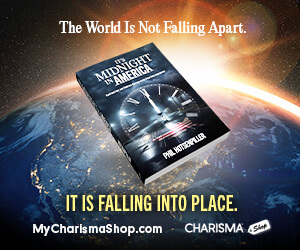
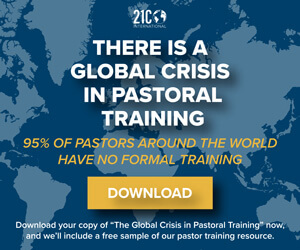






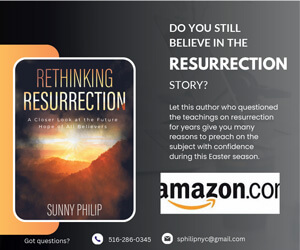



Leave a Reply
You must be logged in to post a comment.